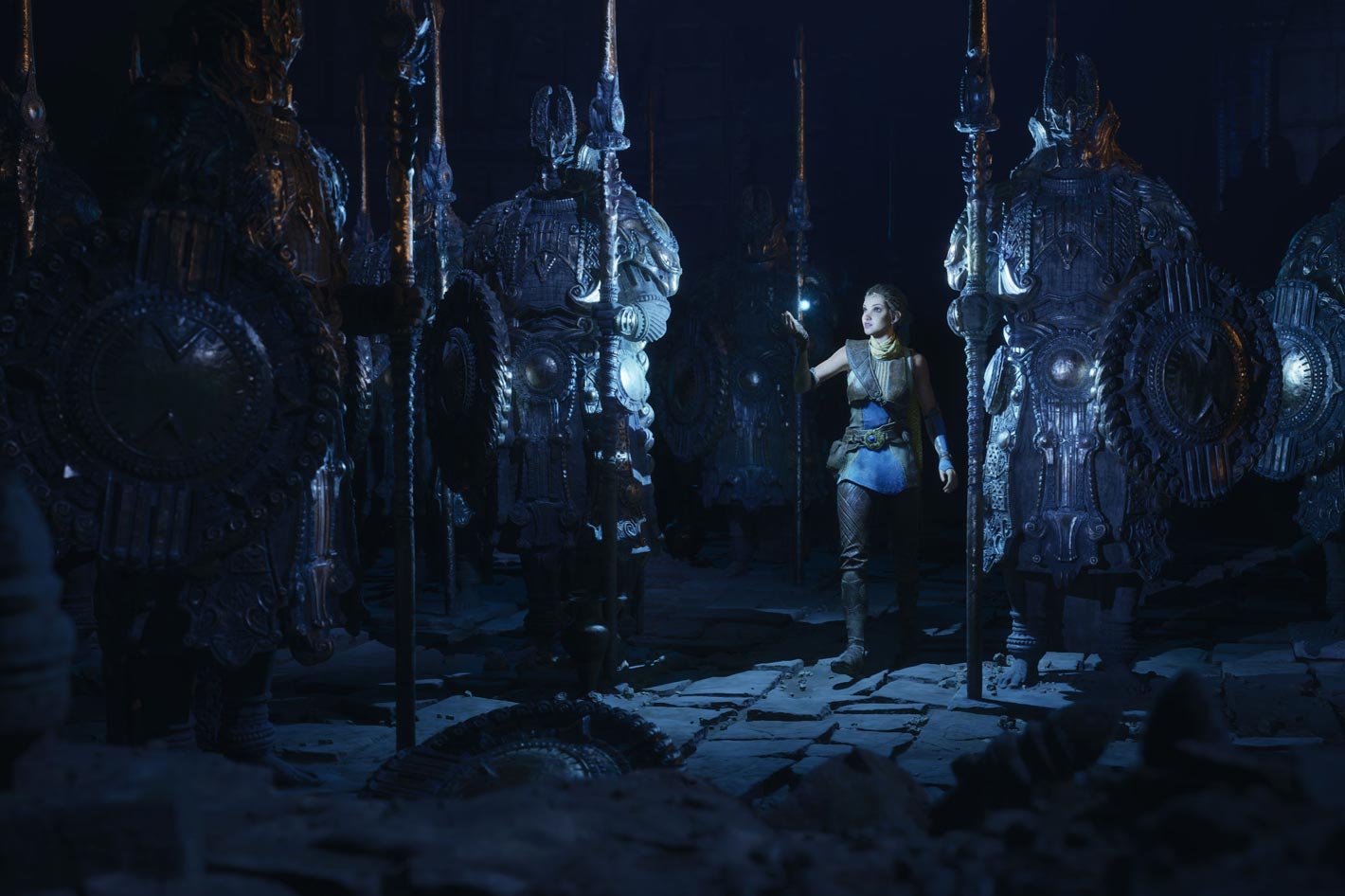
On May 7 I wrote here at ProVideo Coalition that the new Unreal Engine 4.25 is ready to produce high-quality movies, and today we’ve a first look at Unreal Engine 5, courtesy of Epic Games. The company continues to develop its game engine as a solution for more than games, with a direct link to all aspects of movie production, and a growing importance in terms of virtual production.
With the next generation that Unreal Engine 5 represents, the aim is to to achieve photorealism on par with movie CG and real life, and put it within practical reach of development teams of all sizes through highly productive tools and content libraries. A glimpse of what’s to come was just shared with the world!
Nothing better to show what’s possible than the presentation video how shared by Epic Games. The reveal was introduced with “Lumen in the Land of Nanite,” a real-time demo running live on PlayStation 5, to showcase Unreal Engine technologies that will free creators to reach the highest level of real-time rendering detail in the next generation of games and beyond. Technologies that will also be most welcome by content creators in many other areas, including Hollywood.


This demo previews two of the new core technologies that will debut in Unreal Engine 5. Here they are explained by the developers:
- Nanite virtualized micropolygon geometry frees artists to create as much geometric detail as the eye can see. Nanite virtualized geometry means that film-quality source art comprising hundreds of millions or billions of polygons can be imported directly into Unreal Engine—anything from ZBrush sculpts to photogrammetry scans to CAD data—and it just works. Nanite geometry is streamed and scaled in real time so there are no more polygon count budgets, polygon memory budgets, or draw count budgets; there is no need to bake details to normal maps or manually author LODs; and there is no loss in quality.
- Lumen is a fully dynamic global Illumination solution that immediately reacts to scene and light changes. The system renders diffuse interreflection with infinite bounces and indirect specular reflections in huge, detailed environments, at scales ranging from kilometers to millimeters. Artists and designers can create more dynamic scenes using Lumen, for example, changing the sun angle for time of day, turning on a flashlight, or blowing a hole in the ceiling, and indirect lighting will adapt accordingly. Lumen erases the need to wait for lightmap bakes to finish and to author light map UVs—a huge time savings when an artist can move a light inside the Unreal Editor and lighting looks the same as when the game is run on console.
Numerous teams and technologies have come together to enable this leap in quality. To build large scenes with Nanite geometry technology, Epic’s team made heavy use of the Quixel Megascans library, which provides film-quality objects up to hundreds of millions of polygons. To support vastly larger and more detailed scenes than previous generations, PlayStation 5 provides a dramatic increase in storage bandwidth.
The demo also showcases existing engine systems such as Chaos physics and destruction, Niagara VFX, convolution reverb, and ambisonics rendering.
Unreal Engine 5 will be available in preview in early 2021, and in full release late in 2021, supporting next-generation consoles, current-generation consoles, PC, Mac, iOS, and Android. Epic Games is designing for forward compatibility, so developers can get started with next-gen development now in UE4 and move projects to UE5 when ready.


